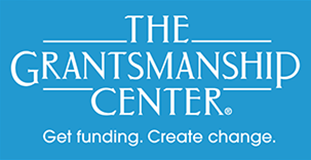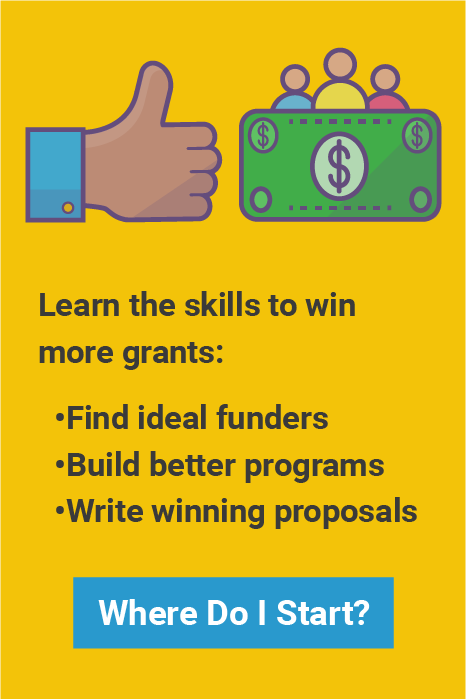
There’s evidence to suggest that telling a story is an effective way to engage funders. Turning dry statistics into lively, compelling narratives about real people in real situations is a good way to make a proposal spark a response. Are there ways to tell a story besides “once upon a time?”
Try to identify a “hero” in your work. This isn’t always the obvious (a dedicated founder, a hard-working counselor). It might be a client who used what you offered to make real progress. It might be a former client who became a volunteer and is now a board member. It should be someone whose example is a vivid demonstration of your impact.
Build a story around that heroic person and event. For example: one of the students in your tutoring project, just aced her LSAT. What led up to that moment? And what does it suggest about her future? Graham Greene says to tell a story by picking a moment and looking backward and forward from that point in time. This format helps the reader see the flow of events and how your involvement played a part.
Grab your reader in the first few sentences. We are overwhelmed with messages, so are proposal reviewers. Make it hard to ignore the opening of your story. Your tutoring student’s exam day? “The internet was shaky and the online LSAT started in an hour. Would all the work come down to a goddam Wi-Fi connection?” It’s a cliffhanger, an immediate moment and (hopefully) a way to draw the reader into the action.
Language matters. It can push and pull emotions, shine a bright light on an event, touch something in the reader that strikes a satisfying note.” Don’t be shy about stepping outside your own customary vocabulary. No working writer worth the title is unfamiliar with Roget or any one of a number of online thesauruses.
Whatever your word choices, be specific. “We provide services to the homeless” could mean anything from presenting religious rituals on the street (probably not) to delivering meals, treating injuries and illnesses, giving people information about shelters, driving them to the shelters, etc. The concept of “social services” has been around since ancient Greece, but the modern use of the term has morphed into everything from food stamps to wheelchair rentals to employment guidance. No matter what “they” mean by it, what do YOU mean by it?
Good stories, well-told, can bring proposals to life in ways that pages of statistics never can. Of course, stats tell their own story and should be useful to support your request. But when you can, humanize and energize your asks.
Thomas Boyd is Chief Editorial Consultant for The Grantsmanship Center
and an independent consultant to nonprofit organizations.



